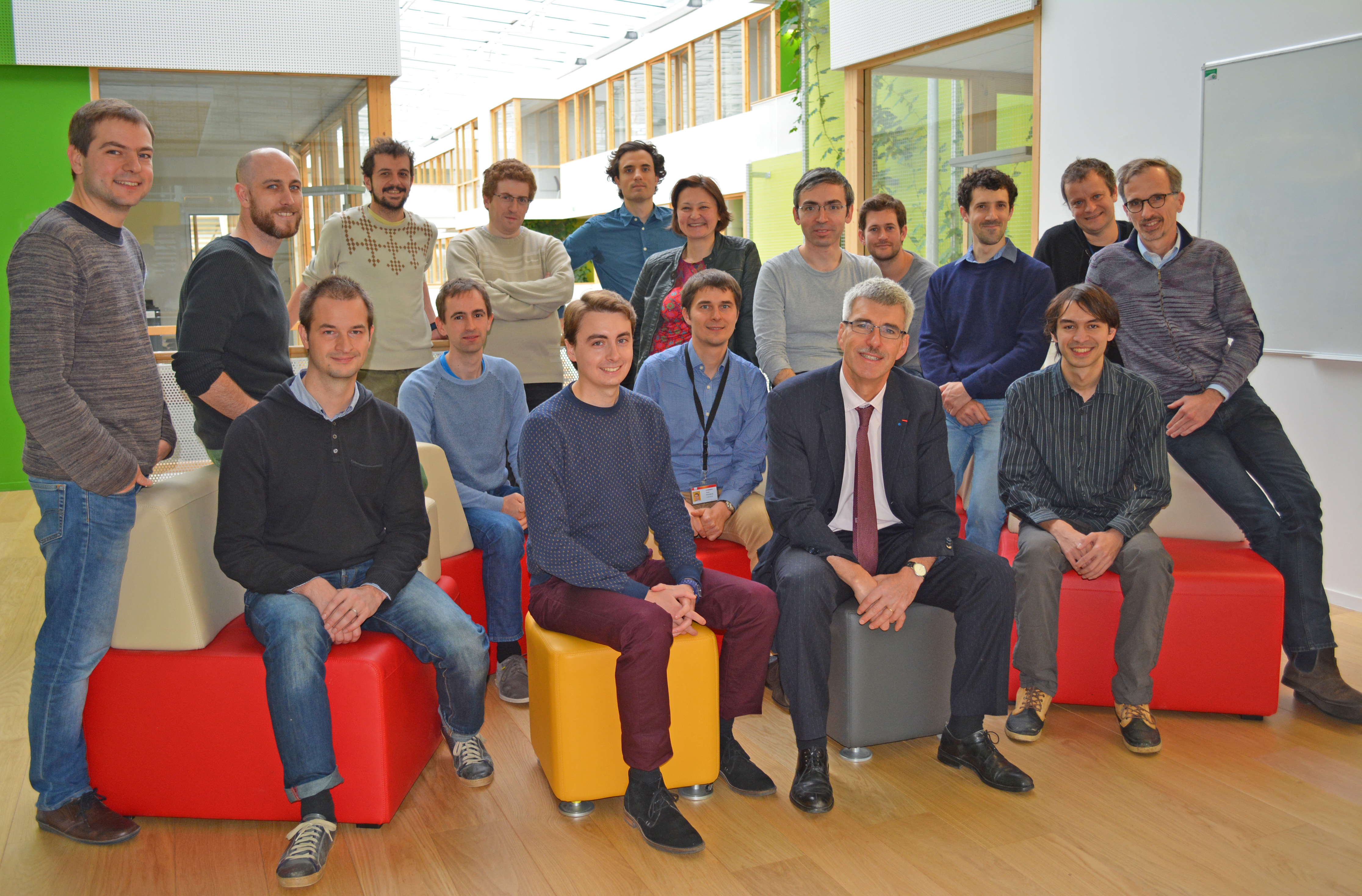For more details and news, our latest annual activity report is available online.

MΞDISIM (also possibly spelled M3DISIM and pronounced like "medicine" with a final "m") is an Inria project-team, joint with Ecole Polytechnique, part of LMS (Laboratoire de Mécanique des Solides, UMR-7649 Ecole Polytechnique - Mines ParisTech - CNRS/INSIS), and affiliated with the Inria Saclay Ile-de-France Research Center on the Ecole Polytechnique campus.
Our team aims at proposing novel mathematical and numerical methods and tools in the realm of the biomechanical modeling of tissues and organs, with a non-exclusive focus on the cardiovascular system. Our intended contributions thus comprise: (1) modeling components per se, individually and within coupling relations; (2) inverse problem methodologies, in order to benefit from the various available data to compensate for the many uncertainties inherent to such natural systems; (3) numerical procedures specifically formulated – and analysed – to be effective for the types of direct and inverse problems considered; and (4) experimental studies and clinical applications, carried out both within the team and through various collaborations, in relation to the above modeling objectives. This is by construction a multidisciplinary enterprise, at the crossroads of applied mathematics, mechanics, bioengineering, and medical applications.
Our work on cardiac modelling, in particular, exemplifies our approach. We have formulated a multi-scale 3D model of the cardiac mechanical contraction responding to electrical activation. By integrating this formulation with specially-designed numerical methods, we are able to represent the whole organ behavior in interaction with the blood during heart beats. This achievement required a deep understanding of the underlying physics and physiology on the one hand, and expertise for proposing well-posed mathematical formulations and adequate numerical discretizations, on the other hand. Furthermore, the need for validating and calibrating models, and for designing patient-specific models for prediction purposes in clinical applications, has motivated some further fundamental research on estimation and data assimilation. We have thus proposed and analysed some original estimation methods well-adapted to the types of models and data (e.g. medical imaging) at hand.
